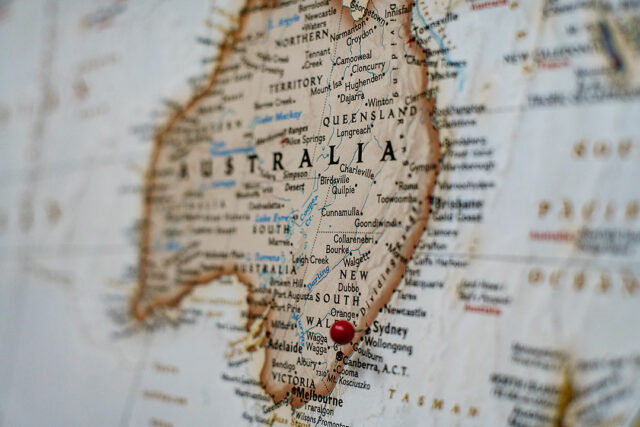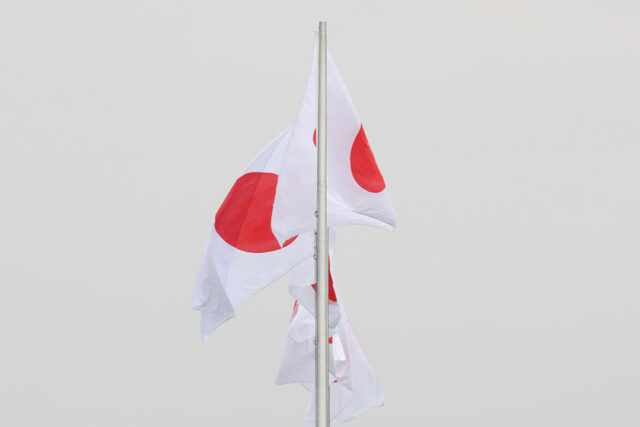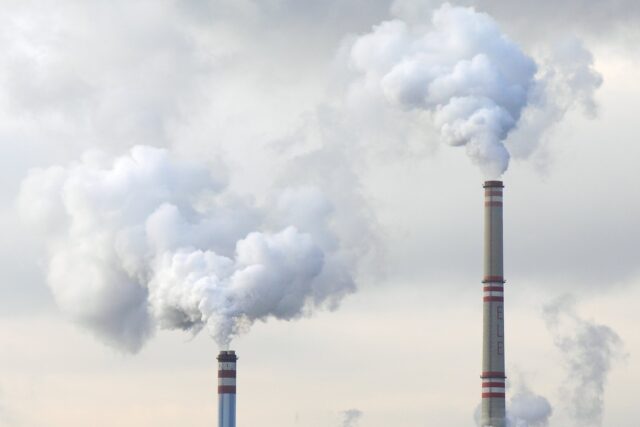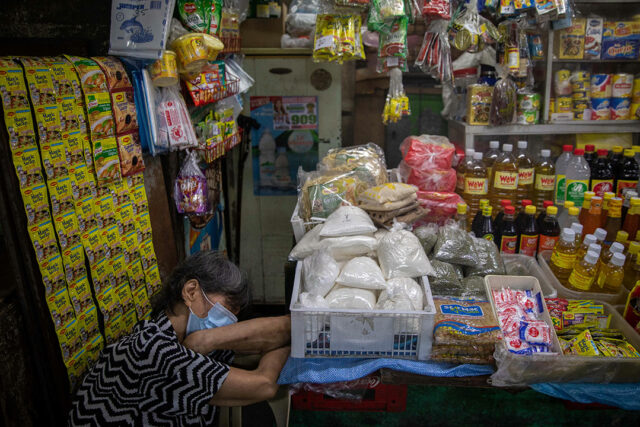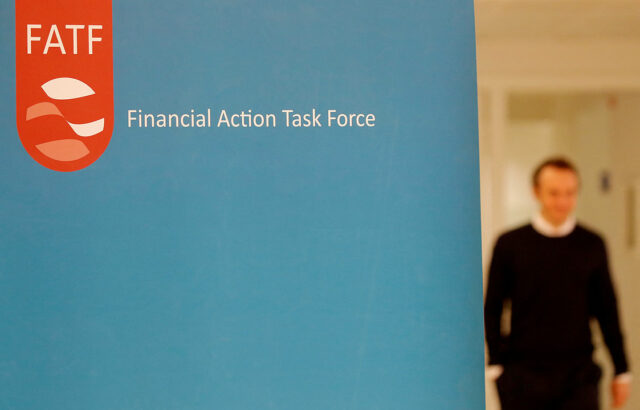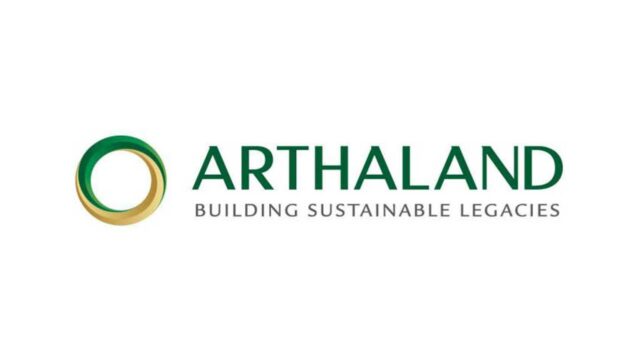By Luisa Maria Jacinta C. Jocson, Reporter
HEADLINE INFLATION likely remained steady in June and settled within the central bank’s 2-4% target for a seventh straight month, analysts said.
A BusinessWorld poll of 14 analysts yielded a median estimate of 3.9% for the consumer price index (CPI) in June. This is within the 3.4-4.2% forecast of the Bangko Sentral ng Pilipinas (BSP) for the month.
If realized, June inflation would match the 3.9% in May. It will also be slower than the 5.4% print in the same month a year ago.

The Philippine Statistics Authority (PSA) is set to release June inflation data on Friday (July 5).
“We expect inflation to remain unchanged at 3.9% year on year in June. Soaring prices of rice over the last few months have broadly stabilized, as we’ve passed the peak of the dry spell period,” Sarah Tan, an economist from Moody’s Analytics, said in an e-mail.
The staple grain is one of the significant contributors to the country’s inflation. Rice inflation eased to 23% in May from 23.9% a month earlier, marking the second straight month of slower inflation as global rice prices declined.
“We forecast that inflation remained at 3.9% in June. For the next six months of 2024, however, we believe that inflation could ease to an average of 2.6%. This is primarily because of the impact of the lower tariff on imported rice,” Philippine National Bank economist Alvin Joseph A. Arogo said in an e-mail.
Rice prices are seen to drop further after President Ferdinand R. Marcos, Jr. last month signed Executive Order No. 62, which slashed tariffs on rice imports to 15% from 35% previously.
The month of June also saw lower electricity rates, HSBC economist for ASEAN (Association of Southeast Asian Nations) Aris Dacanay said in an e-mail.
“Electricity rates in the Philippines fell by around 17% year on year due to an order by energy authorities to stagger the collections distributors would need to cover their wholesale electricity purchases in May, in contrast to a one-time, big-time price adjustment. This represents a big fall in the inflation outlook,” he said.
Residential customers served by Manila Electric Co. saw a P1.9623 per kilowatt-hour (kWh) reduction in their electricity bills for June. This brought the overall rate down to P9.4516 per kWh in June from P11.4139 per kWh in May.
This after the Energy Regulatory Commission ordered all distribution utilities and electric cooperatives to implement a staggered collection of charges on their purchases from the Wholesale Electricity Spot Market in May.
On the other hand, analysts also cited upside risks that could stoke inflation.
“Upward price pressures in June likely came from other agricultural produce besides rice. For example, pechay — a leafy vegetable commonly used in Filipino cuisine — and ginger were reported by authorities to record higher average retail prices in the first half of June, compared with May,” Ms. Tan said.
Mr. Dacanay also noted inflationary pressures from fruit and vegetables such as calamansi, snow cabbage and eggplant.
“Continued peso weakness and elevated food inflation could add into further inflationary pressure,” Zamros Bin Dzulkafli, economist at Maybank Investment Banking Group, said in an e-mail.
The peso depreciated by 10 centavos to P58.61 against the greenback as of end-June from P58.51 as of end-May.
For the month, its weakest close was at P58.86 per dollar on June 26. This was its worst finish in 20 months.
POLICY IMPACT
Bank of the Philippine Islands Lead Economist Emilio S. Neri, Jr. said that if inflation can remain close to target over the next few months, this may fuel the chances of a rate cut.
“If the print for both June and July stays close or below 4%, we think the chances of a BSP (rate) cut in August will be pretty high whether the Federal Open Market Committee cuts rates in July or not,” he said in a Viber message.
BSP Governor Eli M. Remolona, Jr. last week said that the central bank is on track to cut rates by its Aug. 15 meeting.
Security Bank Corp. Chief Economist Robert Dan J. Roces said that inflation is expected to remain elevated but will moderate by July and August and return to within target by September.
The BSP sees inflation potentially breaching the 2-4% target in July before returning to target.
Rizal Commercial Banking Corp. Chief Economist Michael L. Ricafort said in a Viber message that inflation could settle slightly above the 4% levels in June to July amid base effects then return to within target from August to December.
“Assuming the June print remains within the target range, then I think the BSP can feel confident from the next meeting (August) onwards to start easing gradually, as June should mark the peak of headline inflation for the year,” Pantheon Macroeconomics Chief Emerging Asia Economist Miguel Chanco said.
Ms. Tan said that the central bank will want to wait for inflation to further ease before making any moves.
“We expect inflation to moderate in the third quarter, which will allow the BSP to start planning for its monetary policy easing,” she said.
At its policy meeting last week, the BSP said that an improved inflation outlook would allow a “less restrictive” policy stance.
“Still, the BSP cautioned that there are uncertainties in external conditions that could keep inflation from receding at the anticipated pace. Should the inflation print for June match or ease from May, this will give the BSP confidence to begin its policy easing cycle sooner rather than later,” Ms. Tan added.
On the other hand, Union Bank of the Philippines, Inc. Chief Economist Ruben Carlo O. Asuncion said that the BSP could delay its easing to the fourth quarter.
“We sense the weak peso paired with oil price upticks recently, argue for the BSP delaying its rate cut to the fourth quarter when the US Fed is expected to trim its policy rate as well,” he said in an e-mail.
Mr. Asuncion said that the BSP may want to keep interest rates elevated for now to “mitigate the risk of a buildup of cost pressures from this tandem of weak peso and high oil prices, that can conspire to reignite faster second-round price effects later in the year,” he added.
Mr. Remolona has said that the BSP “occasionally” intervenes in the peso to ensure that it does not depreciate sharply.
“However, the BSP may not want to wait for the US Fed in the event it delays its rate cuts to early next year, since the sky-high, real interest rates across the local curve — a by-product of BSP’s high interest rate policy — may severely restrain production and investment activities into next year,” Mr. Asuncion added.
The Development Budget Coordination Committee expects the peso to range from P56 to P58 this year.


